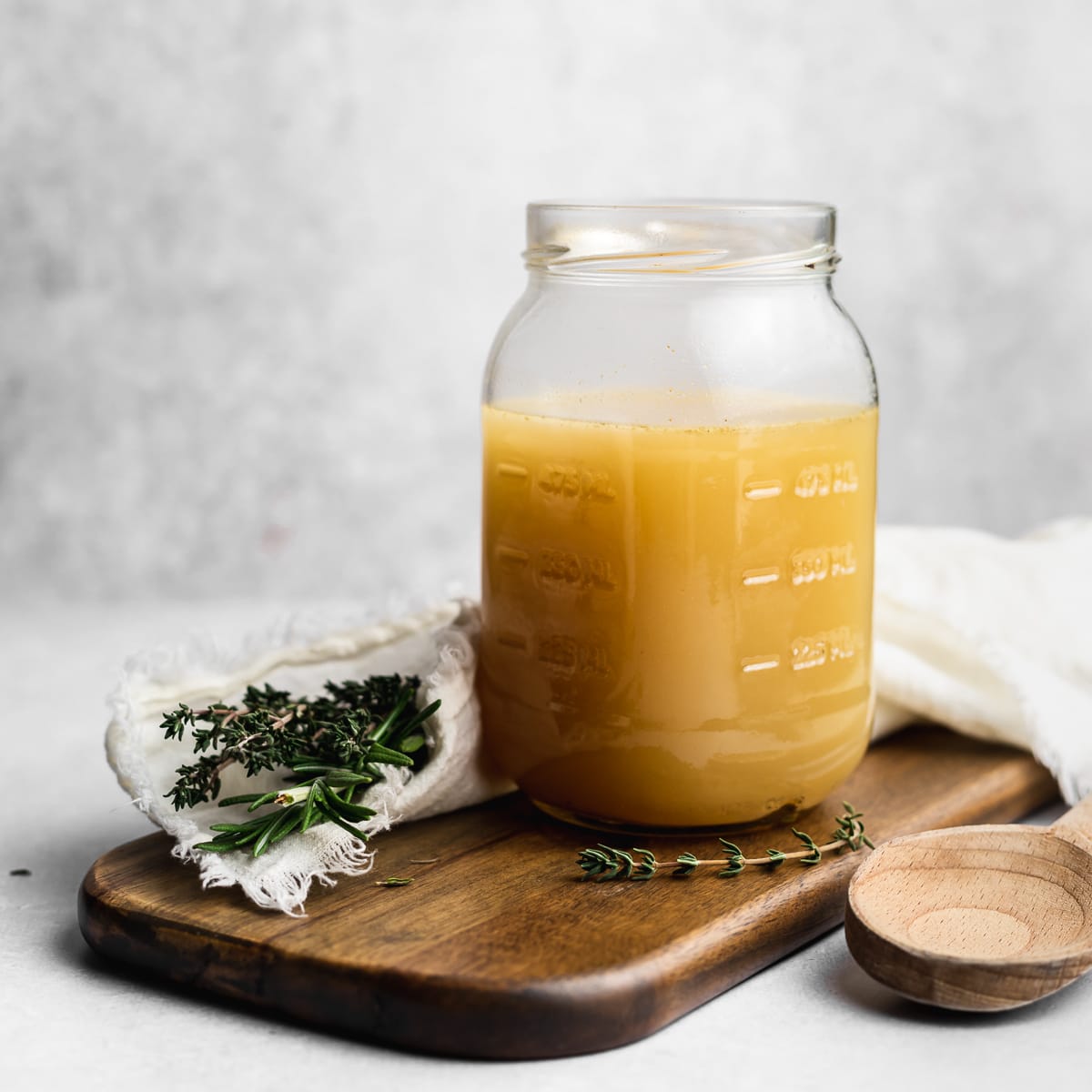

Articles
How To Store Chicken Broth
Modified: January 6, 2024
Learn the best way to store chicken broth with our informative articles. Keep your broth fresh and flavorful for future use.
(Many of the links in this article redirect to a specific reviewed product. Your purchase of these products through affiliate links helps to generate commission for Storables.com, at no extra cost. Learn more)
Introduction
Chicken broth is a versatile ingredient that adds richness and depth to a wide range of dishes. Whether you make your own chicken broth from scratch or purchase it from a store, it’s important to know how to store it properly to maintain its freshness and flavor.
In this article, we will guide you through the process of storing chicken broth, highlighting the importance of choosing the right container, cooling the broth, labeling and dating, and the different methods for storing in the freezer, refrigerator, and pantry. We will also touch on the topic of reusing chicken broth to minimize waste and maximize its usage.
By following these storage guidelines, you can ensure that your chicken broth stays fresh and safe to use, allowing you to enjoy its delicious taste and elevate your culinary creations.
Key Takeaways:
- Properly storing chicken broth is crucial for maintaining its freshness and flavor. Choose the right container, cool it quickly, and label and date it to ensure longevity and maximize its potential in various recipes.
- Reusing chicken broth is a fantastic way to minimize food waste and elevate your cooking. Transform it into soups, sauces, risottos, and more to add depth and flavor to your dishes while prioritizing food safety and expiration dates.
Read more: How To Store Chicken Broth In Freezer
Choosing the Right Container
When it comes to storing chicken broth, the container you choose plays a crucial role in maintaining its quality and preventing contamination. Here are some factors to consider when selecting the right container:
1. Material: Opt for containers made of food-safe materials, such as glass, BPA-free plastic, or stainless steel. These materials are non-reactive and do not leach harmful chemicals into the broth.
2. Size: Choose a container that is appropriate for the amount of chicken broth you plan to store. Consider leaving some headspace to allow for expansion when freezing.
3. Airtight Seal: Ensure that the container has a tight-fitting lid to prevent air from entering and moisture from escaping. This helps to maintain the freshness and flavor of the broth.
4. Freezer Safe: If you plan to freeze the chicken broth, make sure the container is designed to withstand freezing temperatures without cracking or breaking.
5. Easy to Stack: If you have limited storage space, look for containers that are stackable, which will help you make the most efficient use of your freezer or pantry.
6. Transparent: Consider using transparent containers or labeling them with the date and contents. This makes it easier to identify and use the broth within the recommended timeframe.
By selecting the right container, you can ensure that your chicken broth remains fresh and free from any contamination, allowing you to enjoy its full flavor in your cooking.
Cooling the Broth
After you’ve prepared a batch of delicious chicken broth, it’s important to cool it down properly before storing. This helps prevent bacterial growth and ensures the quality and safety of the broth. Here are some guidelines for cooling chicken broth:
1. Time and Temperature: The most critical aspect of cooling broth is to do it quickly to bring it to a safe temperature. You should aim to cool the broth from piping hot to below 40°F (4°C) within two hours.
2. Ice Bath Method: One effective way to cool the broth is by using an ice bath. Place the pot of hot broth in a larger container filled with ice and water. Stir the broth occasionally to distribute the heat and facilitate faster cooling.
3. Shallow Containers: To expedite the cooling process, transfer the broth to shallow containers. This increases the surface area, allowing for a faster release of heat. Avoid filling the containers to the brim to leave room for expansion when freezing, if needed.
4. Stirring: Occasionally stir the broth as it cools to help equalize the temperature and prevent the formation of hot spots.
5. Refrigerator Cooling: If you plan to refrigerate the broth immediately, you can place the pot (covered) directly in the refrigerator. However, be cautious not to overcrowd the refrigerator to ensure proper air circulation and cooling.
Remember, cooling the broth quickly is essential to prevent any potential bacterial growth. By following these steps, you can cool your chicken broth efficiently and store it safely for future use.
Labeling and Dating
Properly labeling and dating your chicken broth is essential for organization and ensuring that you use it within the recommended timeframe. Here are some guidelines for labeling and dating your broth:
1. Labeling: Clearly label each container with the contents, indicating that it is chicken broth. This will help you identify it easily and prevent any confusion with other liquids in your pantry or freezer.
2. Date: Write the date on the container to indicate when the chicken broth was made. This is important for tracking its freshness and ensuring that you use it before it exceeds the recommended storage time.
3. Storage Instructions: If there are specific storage instructions for the type of container you’re using, such as “Freeze” or “Refrigerate,” make a note of it on the label. This will serve as a reminder of the best storage method for the broth.
4. Second Label Inside: For added security, place a small label or piece of tape inside the container indicating the date of freezing or refrigeration. This will help you keep track of how long the broth has been stored, especially if the outer label becomes damaged or detached.
5. Rotating Inventory: If you frequently make chicken broth, it’s helpful to adopt a system that ensures you use the oldest batch first. This prevents any broth from sitting in storage for an extended period and ensures that you make the most of your homemade broth.
By labeling and dating your chicken broth, you can easily keep track of its freshness and usage. This practice will help you maintain an organized pantry or freezer and ensure that you consume the broth while it is still in its prime.
Freezing Chicken Broth
Freezing chicken broth is a convenient way to extend its shelf life and have it readily available for future use. Here are some steps to follow when freezing chicken broth:
1. Cool Completely: It’s crucial to cool the chicken broth completely before transferring it to the freezer. Follow the cooling guidelines mentioned earlier to bring the broth to room temperature.
2. Choose Freezer-Safe Containers: Use containers specifically designed for freezer storage. These can be BPA-free plastic containers, freezer bags, or glass jars. Ensure that they have tight-fitting lids to prevent any freezer burn or ice crystals from forming.
3. Portion Control: Consider dividing the broth into smaller portions before freezing. This makes it easier to thaw only the amount needed for a particular recipe without having to thaw the entire batch.
4. Leave Headroom: Leave some headroom in the containers or bags to allow for expansion when the broth freezes. This prevents the containers from breaking or cracking due to the increased volume.
5. Label and Date: Clearly label each container or freezer bag with the contents and the date it was frozen. This labeling practice helps you identify the broth easily and ensures that you use it within the recommended time frame.
6. Freezing Time: Chicken broth can generally be stored in the freezer for up to 3 to 4 months. However, for best quality and flavor, it is ideal to use it within the first 2 months.
7. Thawing: When you’re ready to use the frozen chicken broth, transfer it to the refrigerator and allow it to thaw overnight. You can also use the defrost function on your microwave or place the container in a cold water bath to speed up the thawing process.
By properly freezing your chicken broth, you can extend its shelf life and have a convenient supply on hand for your favorite recipes. Just remember to follow the necessary steps and practice proper storage and labeling techniques to ensure the best results.
Store chicken broth in airtight containers or resealable bags, leaving some room for expansion, and freeze for up to 3 months. Label with the date for easy reference.
Read more: How To Store Homemade Chicken Broth
Refrigerating Chicken Broth
Refrigerating chicken broth is a suitable option if you plan to use it within a few days. Proper storage in the refrigerator helps maintain its freshness and quality. Here are some steps to follow when refrigerating chicken broth:
1. Cool Quickly: After preparing the chicken broth, cool it down to room temperature before transferring it to the refrigerator. You can use the ice bath method mentioned earlier to expedite the cooling process.
2. Storage Containers: Transfer the cooled broth to airtight containers or jars suitable for refrigeration. Make sure the containers are clean and dry before filling them.
3. Seal Tightly: Ensure that the containers have tightly sealed lids to prevent any odor transfer and maintain the integrity of the broth.
4. Refrigerator Temperature: Set your refrigerator temperature to 40°F (4°C) or below to keep the chicken broth at a safe temperature and avoid any bacterial growth.
5. Use Within 4-5 Days: Refrigerated chicken broth should be consumed within 4-5 days for optimal quality and freshness. Discard any broth that shows signs of spoilage, such as a foul odor, unusual color, or slimy texture.
6. Reheating: When reheating the refrigerated broth, ensure that you bring it to a rolling boil for at least 1 minute to kill any potential bacteria and ensure it’s safe to consume.
By refrigerating the chicken broth properly, you can preserve its freshness and quality for a few days, allowing you to use it in various recipes without worrying about spoilage.
Storing Chicken Broth in the Pantry
While refrigeration and freezing are the most common methods of storing chicken broth, it is also possible to store it in a pantry under certain conditions. Here’s what you need to know about storing chicken broth in the pantry:
1. Unopened Store-Bought Cartons: If you have unopened store-bought cartons of chicken broth, they can be stored in the pantry as long as they are unopened with intact seals. Check the expiration date on the packaging and ensure that it is within the recommended timeframe.
2. Homemade Broth: Storing homemade chicken broth in the pantry is not recommended without proper preservation techniques. Since homemade broth doesn’t typically have preservatives like commercial options, it is more susceptible to spoilage.
3. Room Temperature: Keep in mind that the pantry should be cool, dry, and away from direct sunlight. Ideally, the temperature should not exceed 70°F (21°C). Higher temperatures can promote bacterial growth and reduce the shelf life of the chicken broth.
4. Time Limit: Store-bought unopened chicken broth can generally be stored in the pantry for several months before its expiration date. However, it’s always best to check the packaging for specific guidelines.
5. Check for Spoilage: Before using the chicken broth from the pantry, inspect the packaging for any signs of damage, leakage, or swelling. If the carton appears damaged or the broth has an unpleasant smell or appearance, it is best to discard it.
6. Consideration for Opened Cartons: Once you open a carton of chicken broth, it should be refrigerated or frozen and not stored in the pantry. It is susceptible to bacterial contamination and spoilage at room temperature.
7. Personal Preference: Ultimately, the decision to store chicken broth in the pantry depends on personal preference and the specific circumstances. It’s important to consider factors like the ambient temperature, shelf life, and quality of the broth before choosing this storage method.
While refrigeration and freezing are typically the preferred methods for storing chicken broth, understanding the guidelines for pantry storage can help you make an informed decision based on your situation and preferences.
Reusing Chicken Broth
Reusing chicken broth is a great way to minimize food waste and maximize its potential in various recipes. Here are some creative ways to make the most of your leftover chicken broth:
1. Soup Base: Chicken broth is the perfect base for creating delicious soups. You can add vegetables, noodles, and proteins like chicken or tofu to transform it into a hearty and flavorful soup. Experiment with different herbs, spices, and seasonings to create your favorite combinations.
2. Sauces and Gravies: Use chicken broth as a base for making sauces and gravies to enhance the flavor of your dishes. It provides a savory depth that adds richness and complexity. Whether you’re making a pan sauce for chicken or a gravy for mashed potatoes, chicken broth is a versatile ingredient.
3. Risotto or Rice Pilaf: Infuse your risottos or rice pilafs with the rich flavor of chicken broth. The broth adds depth and complexity to the dish, complementing the grains and other ingredients. It’s a simple way to elevate your rice dishes to the next level.
4. Braising and Slow Cooking: Use chicken broth as a braising liquid for meats or in slow cooker recipes. The broth adds moisture and richness to the meat as it cooks slowly, resulting in tender and flavorful dishes. It’s particularly delicious with chicken, beef, or pork.
5. Flavoring for Grains and Legumes: When cooking grains like quinoa, couscous, or lentils, replace some of the water with chicken broth. This imparts a wonderful taste to the grains or legumes, transforming them into a more savory and aromatic side dish or salad component.
6. Freezing for Later Use: If you have a large quantity of leftover chicken broth, freeze it in smaller portion sizes for future use. By freezing it in measured amounts, you can easily thaw and use the broth as needed without wasting any of it.
Reusing chicken broth is not only a sustainable practice but also a way to add depth and flavor to your cooking. With some creativity and experimentation, you can transform leftover chicken broth into delicious dishes that will impress your family and friends.
Conclusion
Properly storing chicken broth is essential for maintaining its freshness, flavor, and safety. Whether you choose to refrigerate, freeze, or store it in the pantry, following the guidelines outlined in this article will help you preserve the quality of your chicken broth.
Choosing the right container, cooling the broth quickly, and labeling and dating are crucial steps in ensuring its longevity. Freezing chicken broth allows you to extend its shelf life, while refrigerating it is ideal for shorter-term storage. Storing it in the pantry can be an option for unopened store-bought cartons, but homemade broth should be refrigerated or frozen.
Additionally, reusing chicken broth in various recipes is a fantastic way to minimize food waste and maximize its potential. From soups and sauces to risottos and braises, chicken broth adds depth and flavor to a wide range of dishes.
By implementing these storage and usage tips, you can confidently store chicken broth and make the most of it in your cooking endeavors. Remember to prioritize food safety, pay attention to expiration dates, and discard any broth that shows signs of spoilage.
So the next time you make or purchase chicken broth, utilize these storage techniques and creative reuses to ensure that every drop is appreciated and enjoyed to the fullest.
Frequently Asked Questions about How To Store Chicken Broth
Was this page helpful?
At Storables.com, we guarantee accurate and reliable information. Our content, validated by Expert Board Contributors, is crafted following stringent Editorial Policies. We're committed to providing you with well-researched, expert-backed insights for all your informational needs.

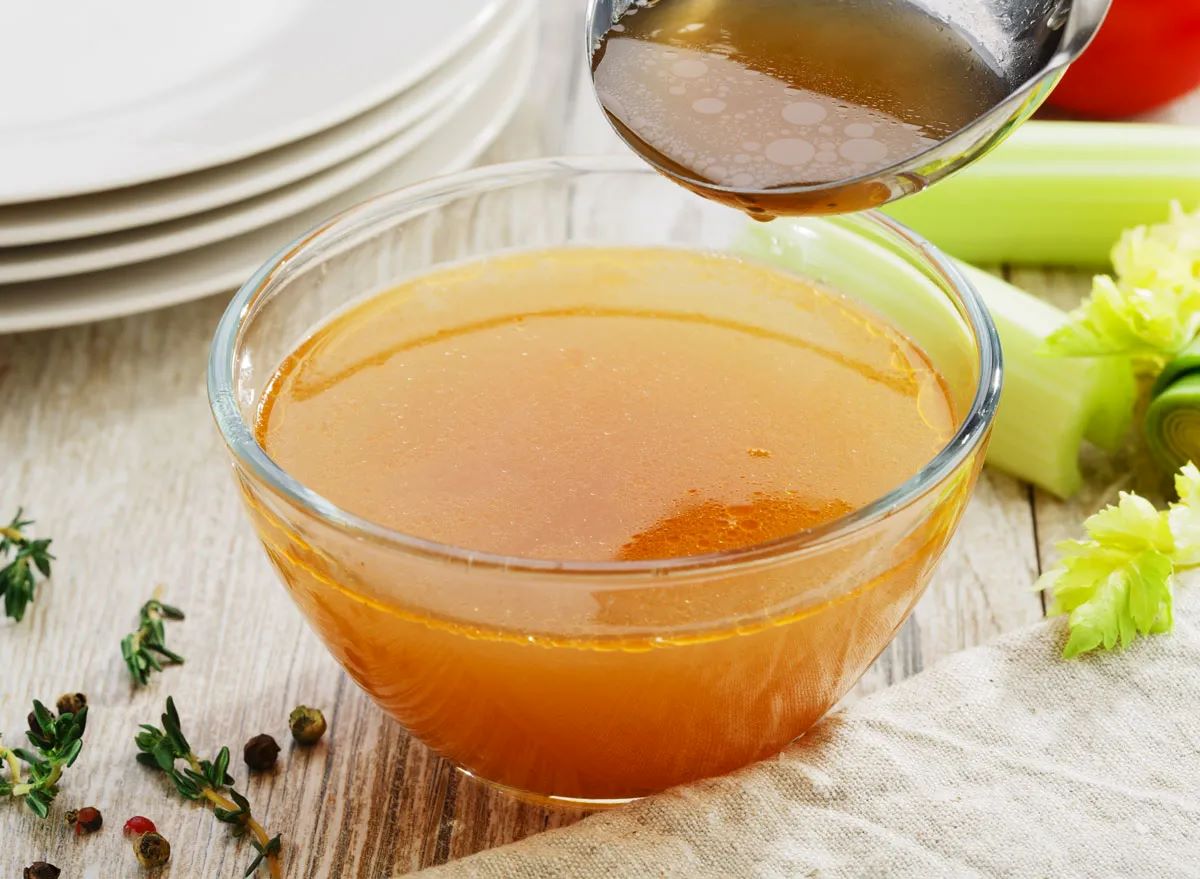
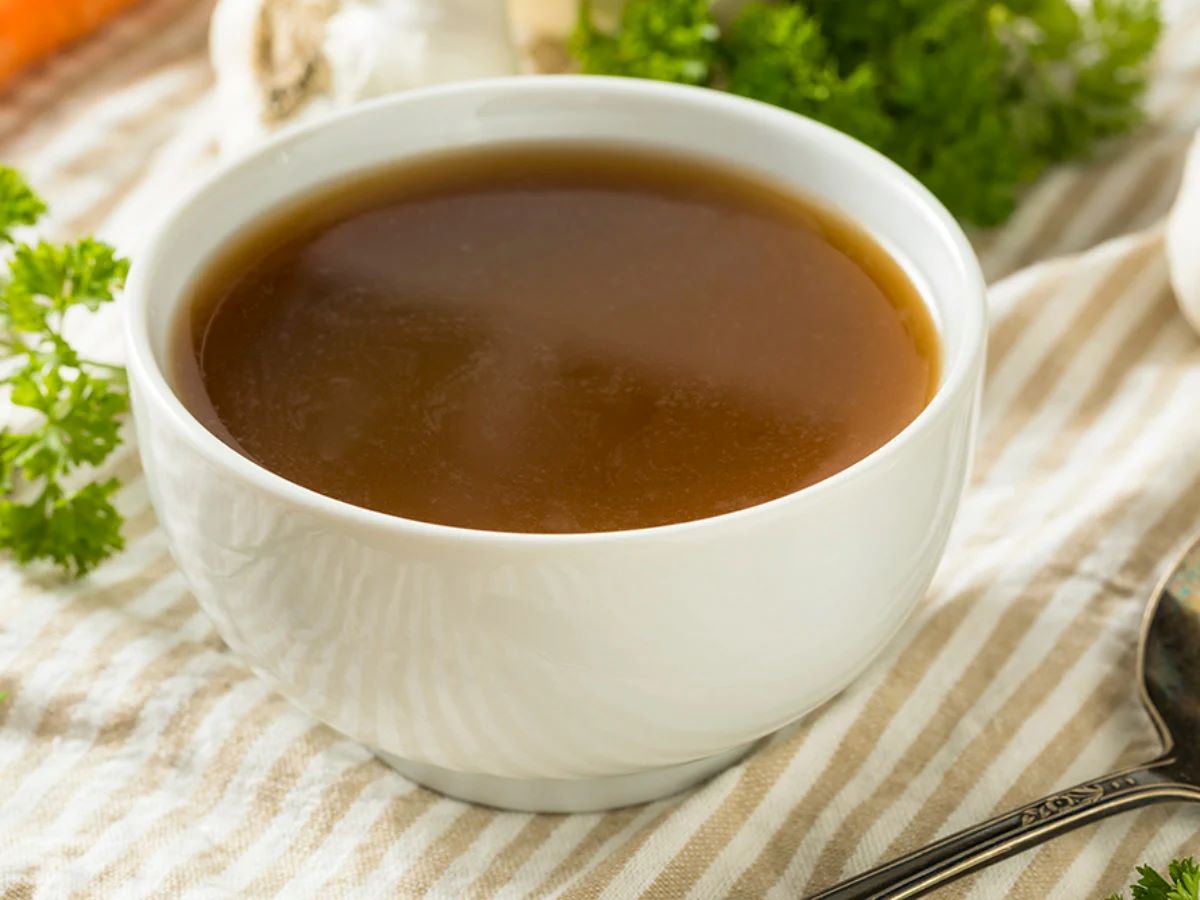
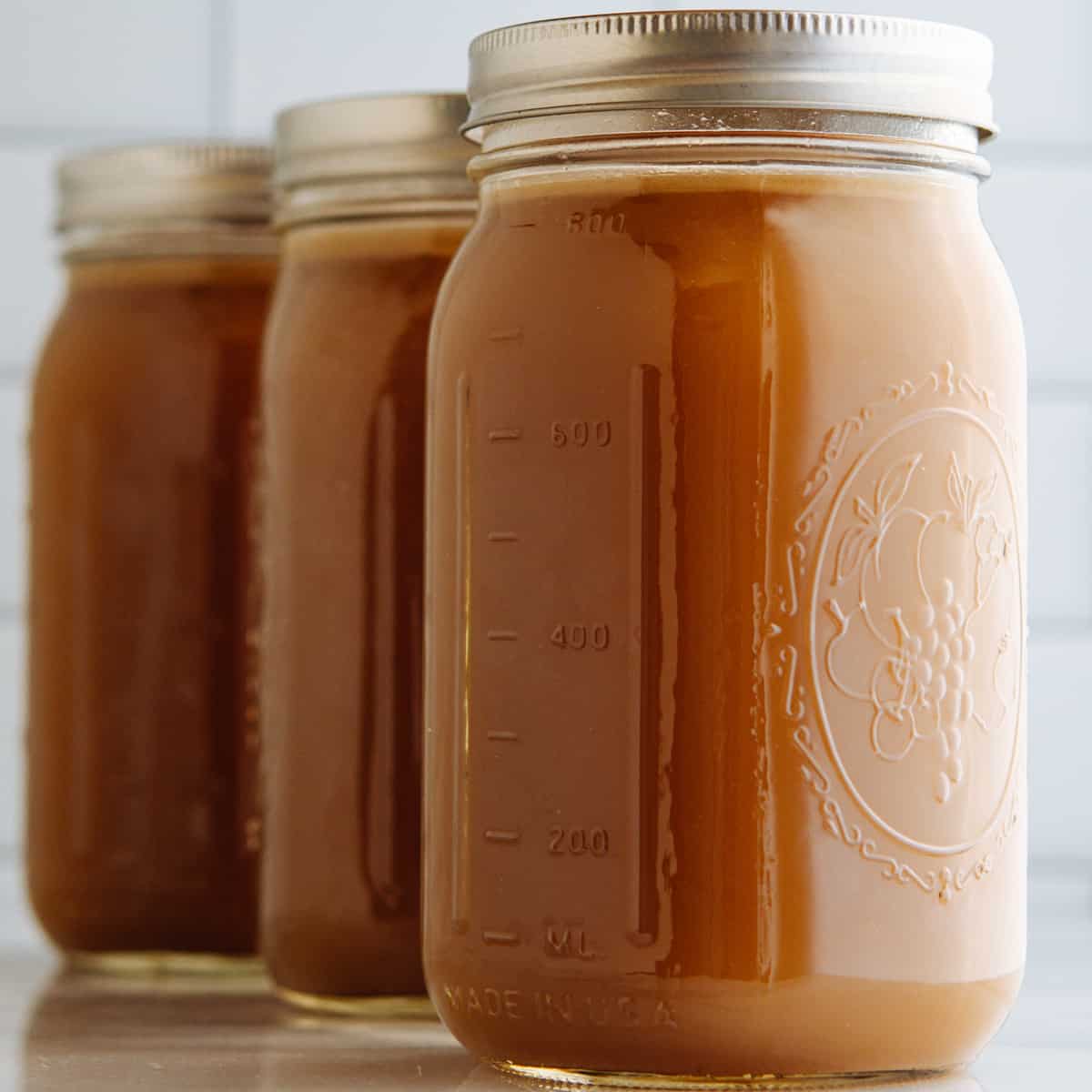
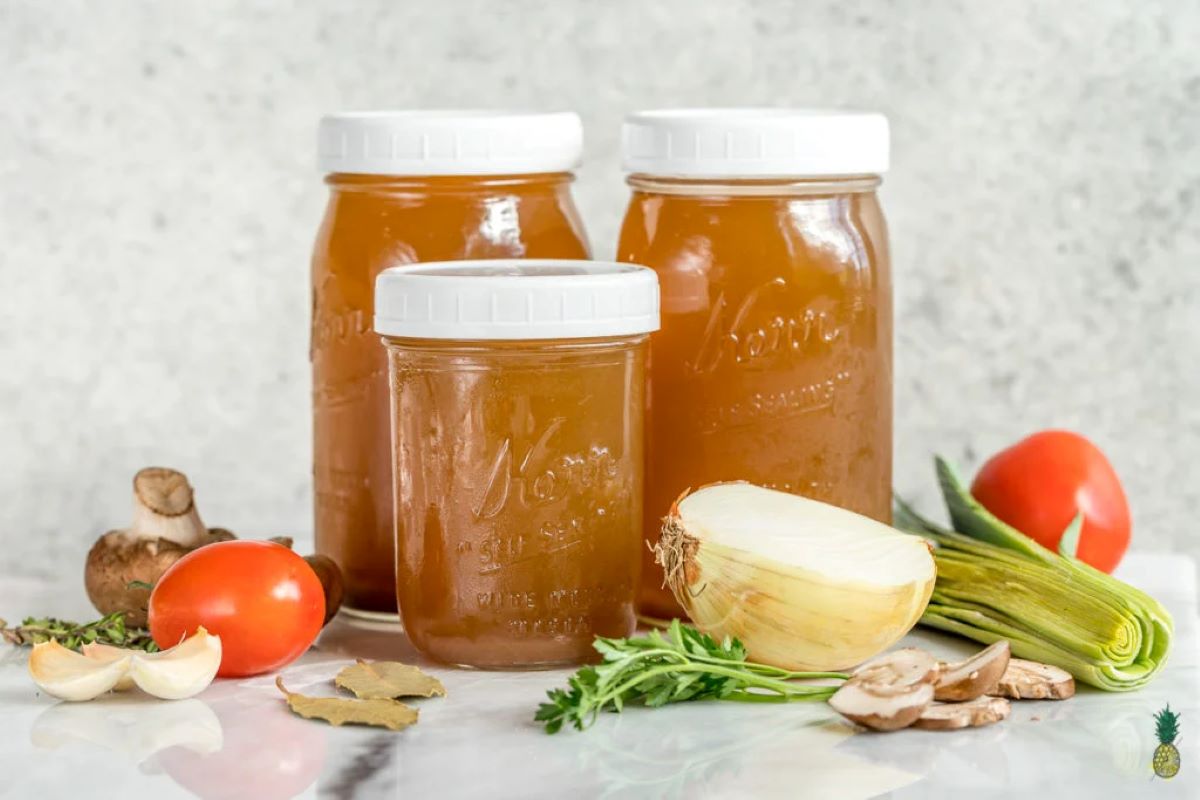
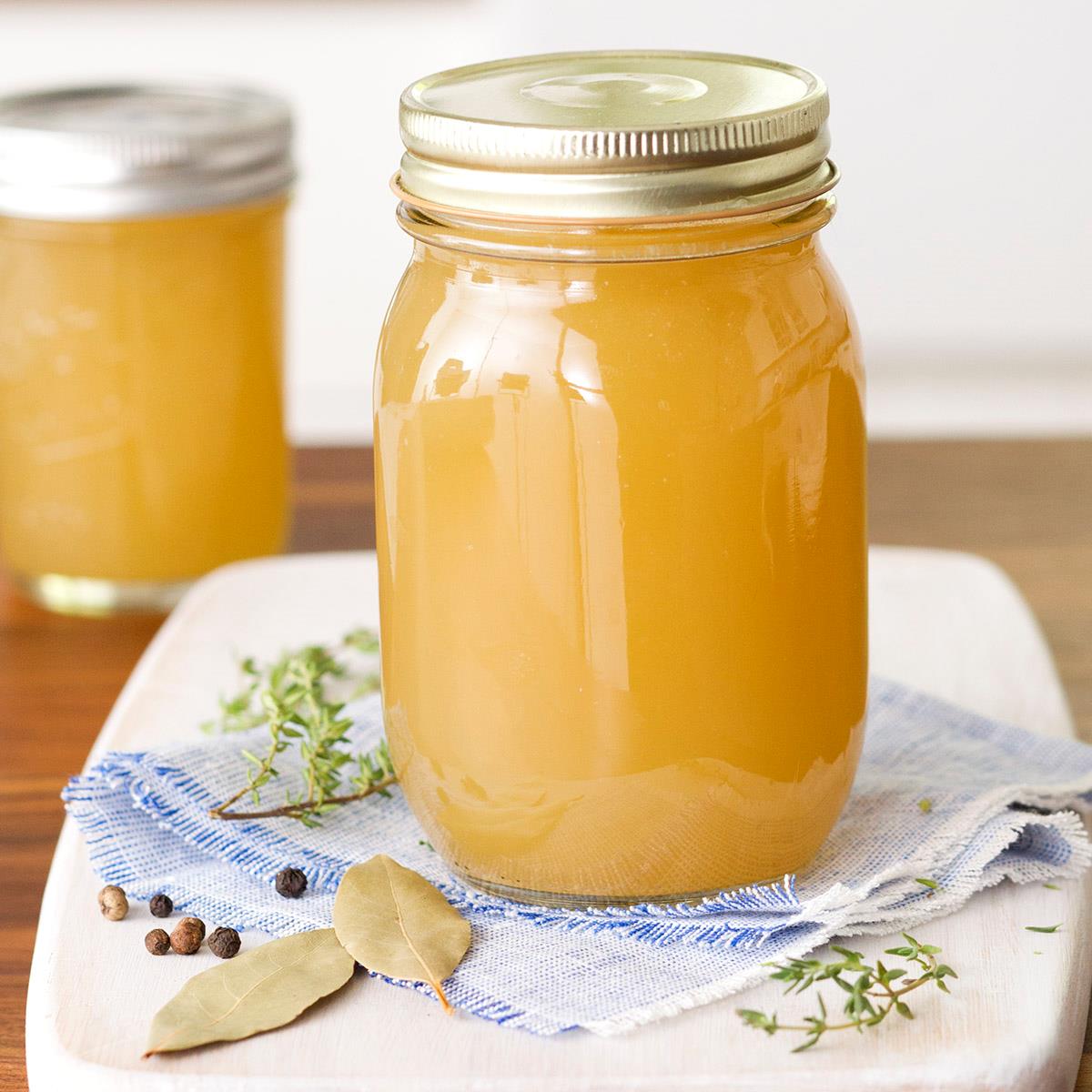
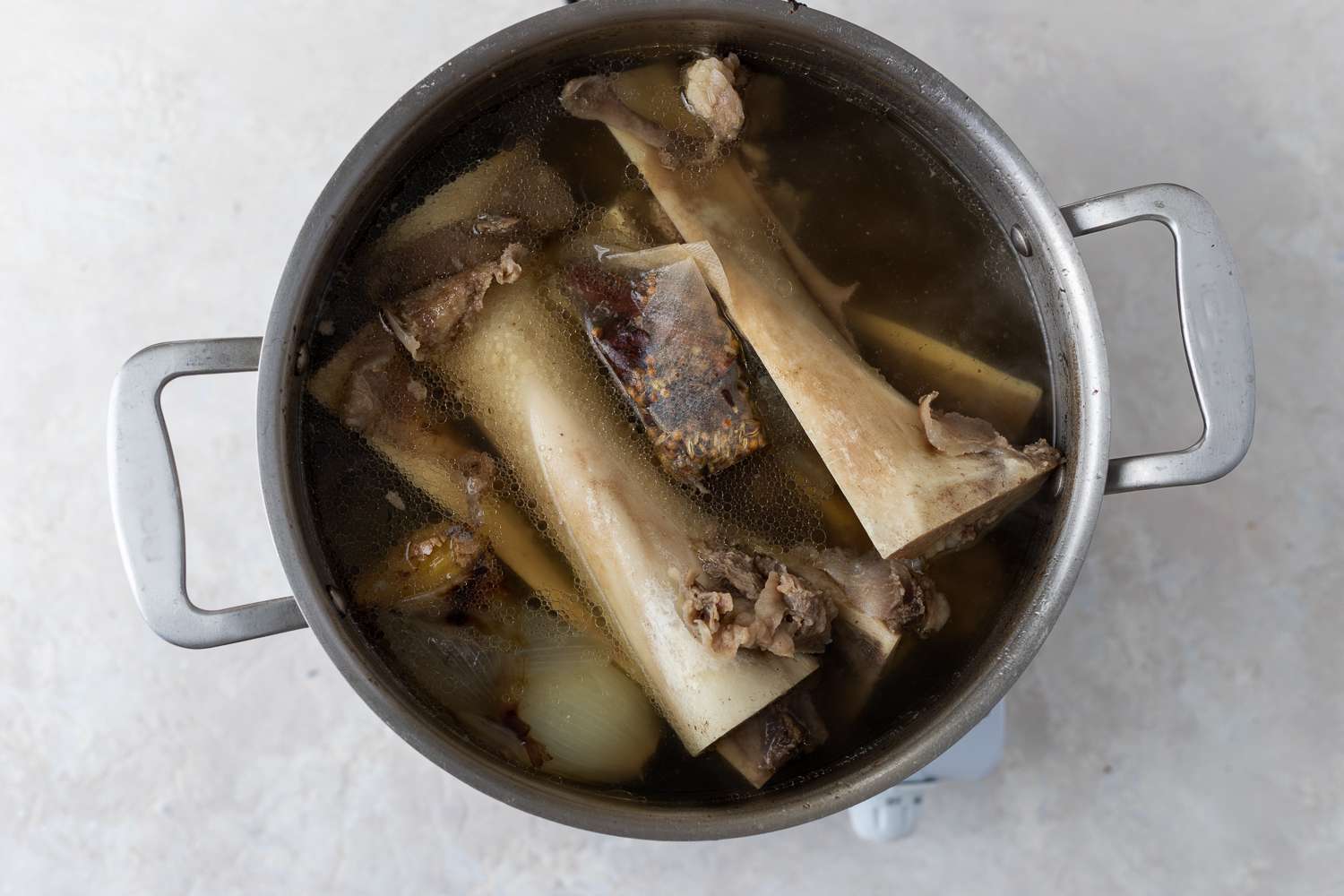
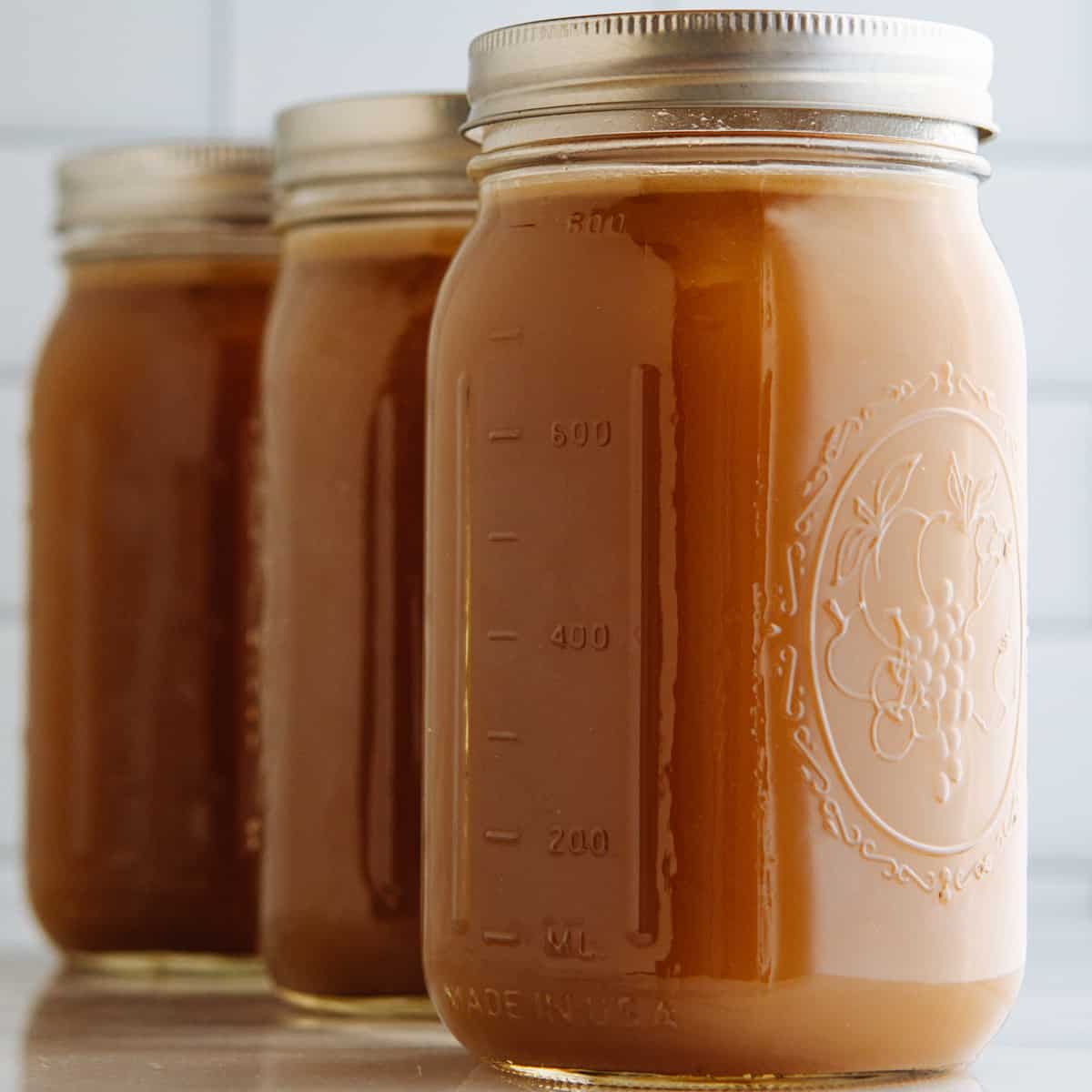

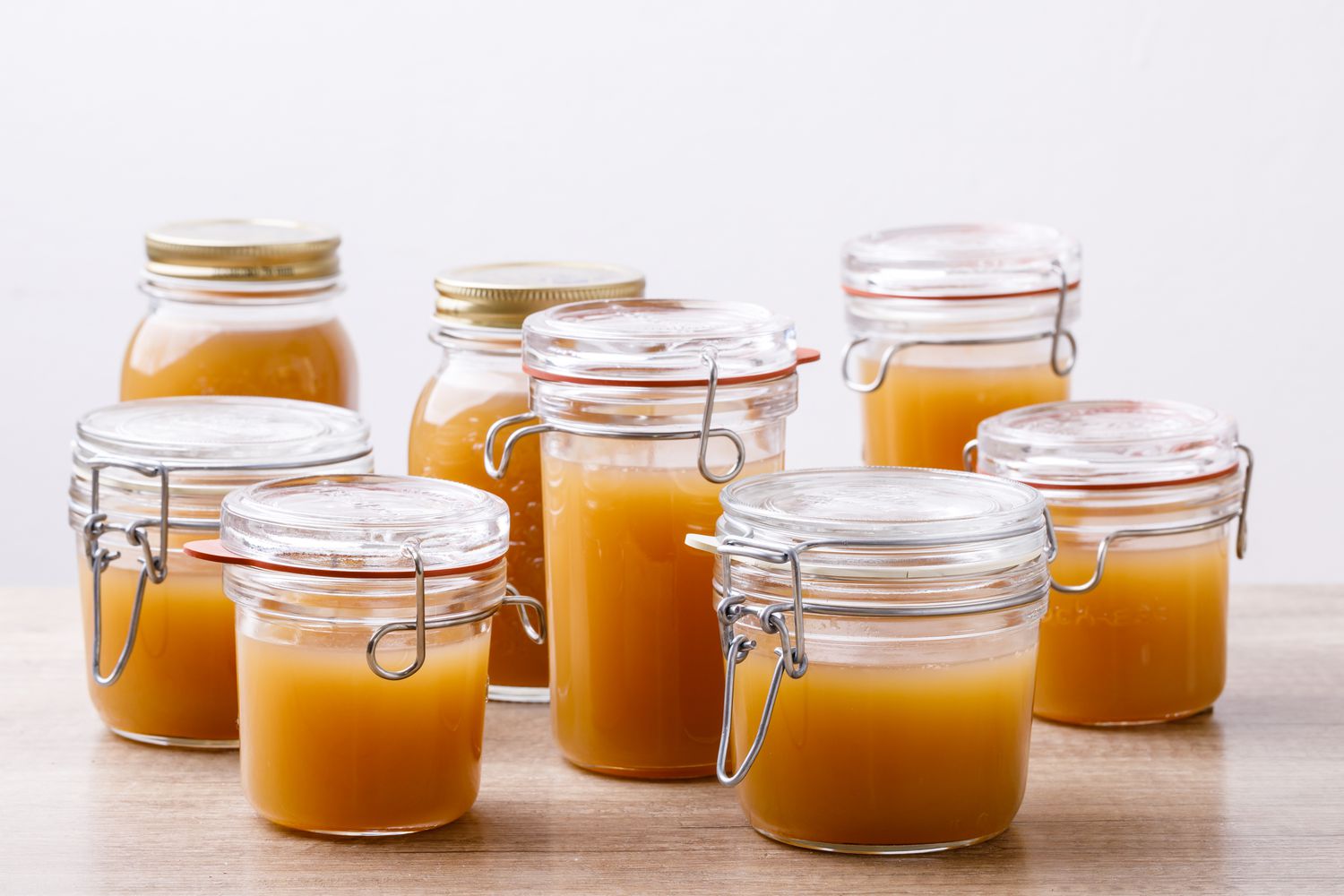
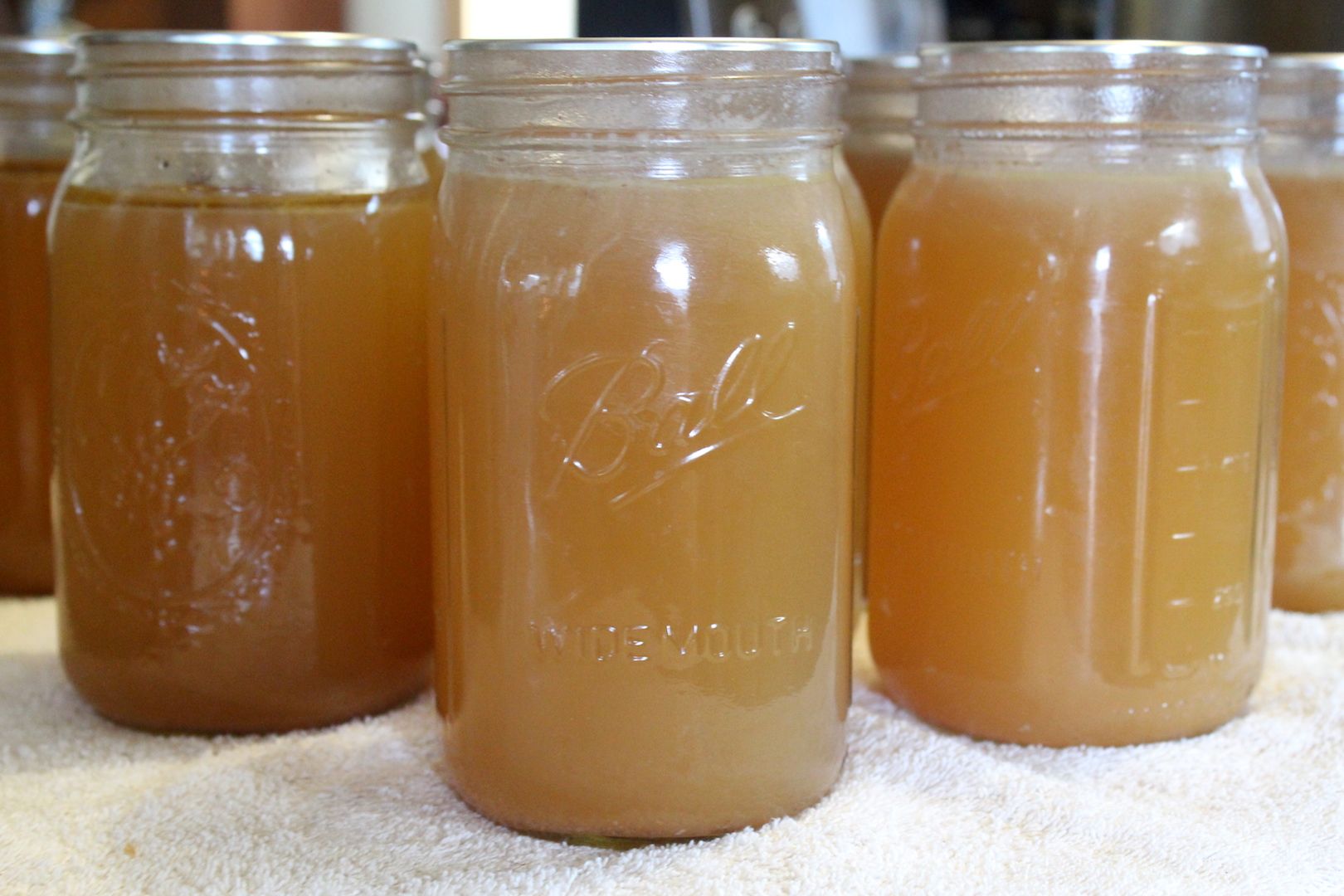

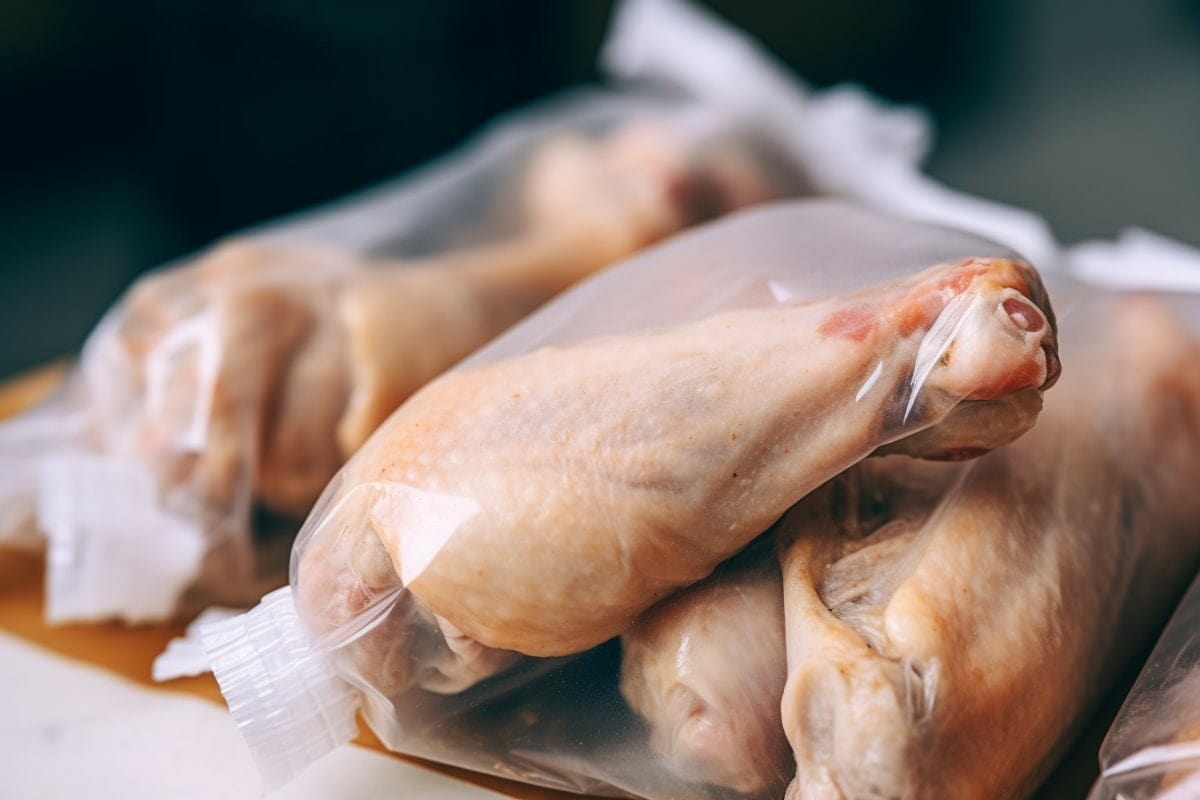


0 thoughts on “How To Store Chicken Broth”